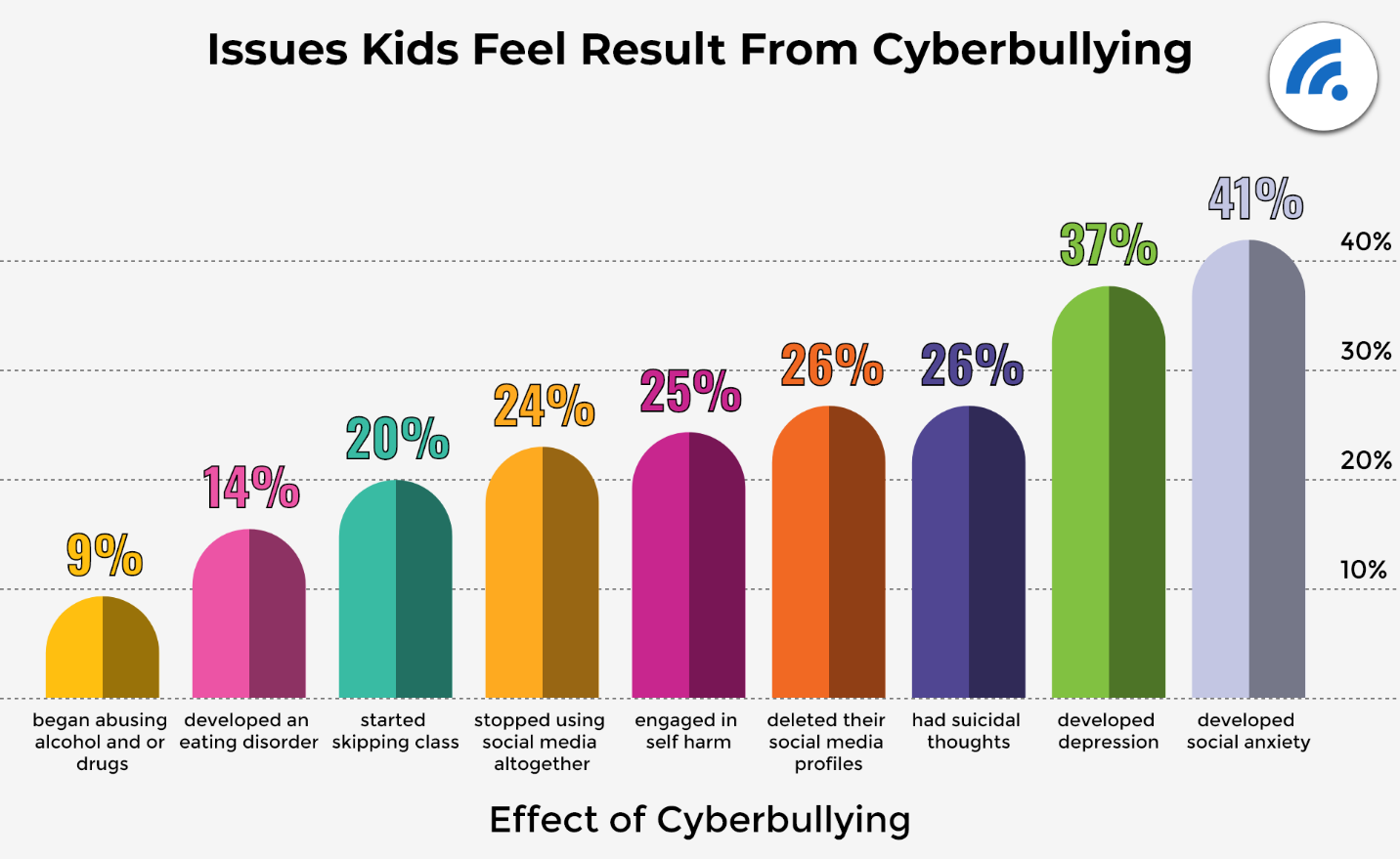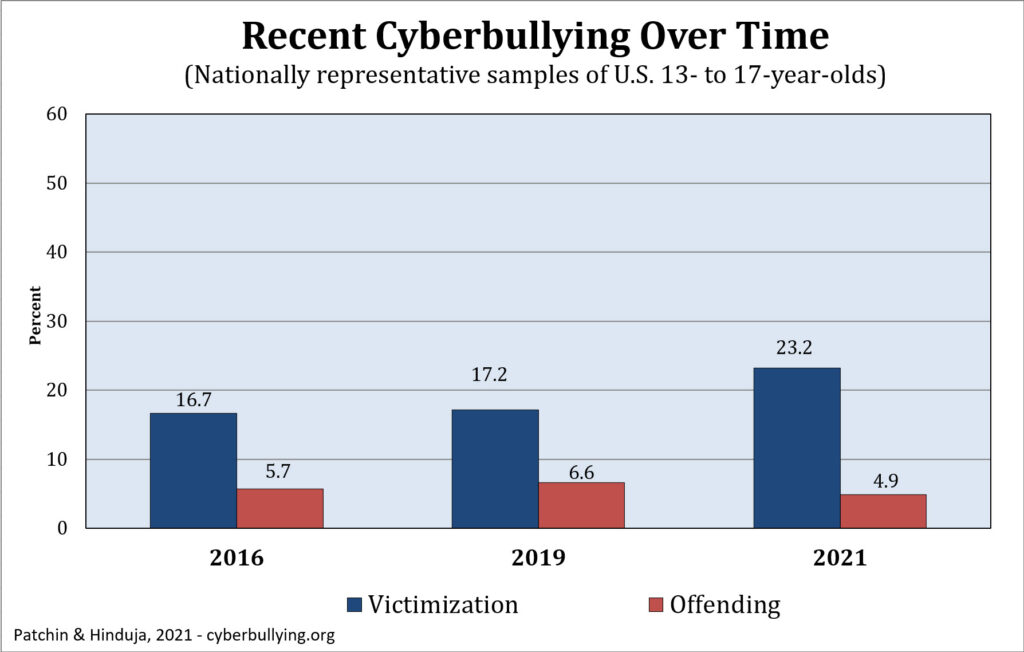1 in 3 students in over 30 countries have reported being a victim of cyberbullying, in the average United States classroom this translates to over 1/3 of students being a victim of this act, and the numbers have only increased since the pandemic with the implementation of online learning (Wylie, 2019). In our world, where teens are on a screen for over 7 hours a day, it is imperative we empower our children and students with the knowledge of how to be respectful and responsible digital citizens (Rogers, 2019). But teaching our children and students how to navigate both the physical world and digital world is a huge undertaking and one not for the faint of heart. I'm sure we can all agree, it would be much easier to assume the stance that as long as our children are kind in person that they would probably follow that practice online. However, with shows like Catfish becoming mainstream and our world evolving to allow children o have access to technology now more than ever we cannot just assume that our children will be able to translate their knowledge of how to be empowering individuals or not act as a bystander to bullying in the cyber world.

In the age where people are always connected, whether through their computers or cell phones, our ability to communicate effectively, responsibly, and compassionately is more relevant than ever. Studies have shown that victims of cyberbullying under the age of 25 are twice as likely to self-harm or attempt suicide (Newman, 2018). Me, as a victim of cyberbullying both as an adult and teenager, can confirm that the detriments of being cyberbullied are dire and can result in some of the most painful moments I to date have experienced. However, there is hope and that hope can take the form of the integration of socio-emotional learning in our classrooms and curricula as a means of teaching educators how to effectively respond to bullying, students how to use their voice in a productive way, and parents on how to help their children be responsible digital citizens.

Newman, C. (2018, April 19). Young victims of cyberbullying twice as likely to attempt suicide and self-harm, study finds. Swanesa University. https://www-2018.swansea.ac.uk/press-office/news-archive/2018/youngvictimsofcyberbullyingtwiceaslikelytoattemptsuicideandself-harmstudyfinds.php
Rogers, K. C. (2019, October 29). US teens use screens more than seven hours a day on average. CNN. https://edition.cnn.com/2019/10/29/health/common-sense-kids-media-use-report-wellness/index.html
Wylie, H. (2019, September 3). UNICEF poll: More than a third of young people in 30 countries report being a victim of online bullying. UNICEF. https://www.unicef.org/press-releases/unicef-poll-more-third-young-people-30-countries-report-being-victim-online-bullying
Media References
All the Latest Cyber Bullying Statistics and What They Mean In 2022. (2022). BroadbandSearch.Net. https://www.broadbandsearch.net/blog/cyber-bullying-statistics
Hinduja, S. (2022, March 8). Cyberbullying in 2021 by Age, Gender, Sexual Orientation, and Race. Cyberbullying Research Center. https://cyberbullying.org/cyberbullying-statistics-age-gender-sexual-orientation-race
What’s Cyberbullying? (2018, November 6). YouTube. https://www.youtube.com/watch?v=6ctd75a7_Yw
I read an article this week that 70% of parents estimate that their children watch a minimum of 4 hours of screen time EVERY DAY! That certainly increases their chances of being or participating in cyberbullying. I think encouraging parents to reduce screentime will help reduce the incidents of bullying!
ReplyDelete